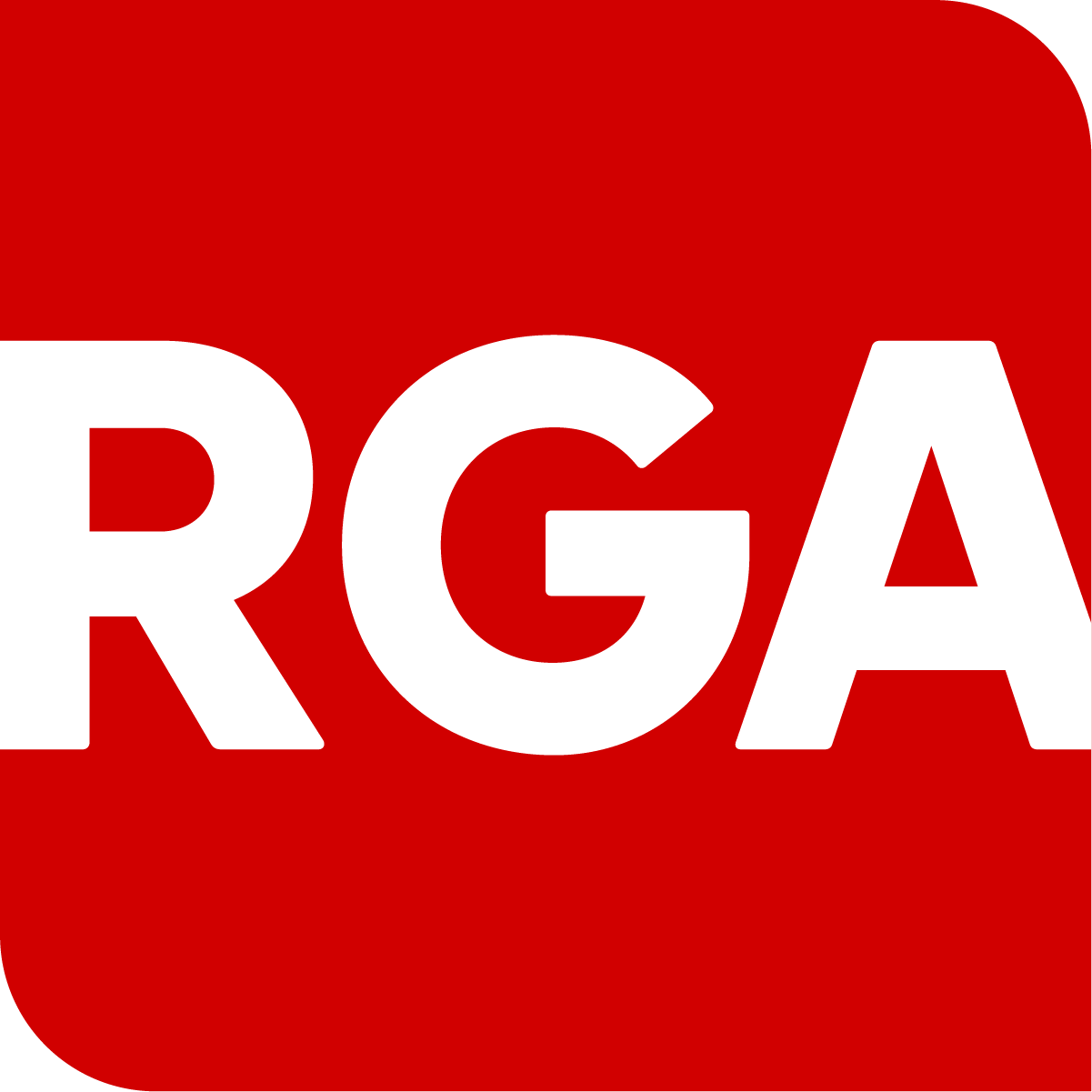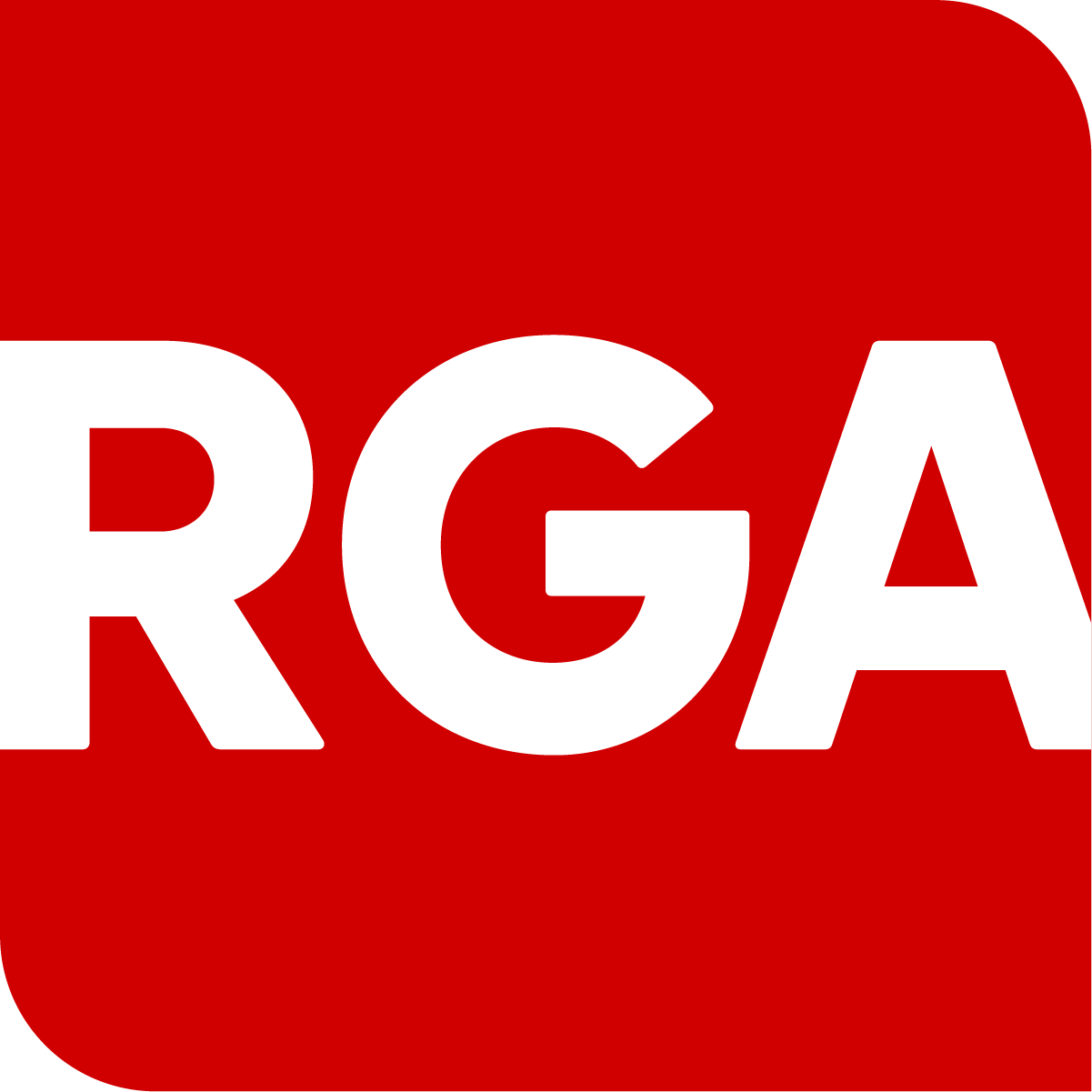Key takeaways
- Undisclosed tobacco use is a growing and increasingly pressing problem for underwriters to address.
- Insurance labs remain the gold standard for identifying undisclosed tobacco use, but digital underwriting evidence offers a promising newer means to increase discovery.
- Study findings highlight the value of integrating electronic health records (EHR) data early in the underwriting process and incorporating behavioral science techniques in designing application questions.
In the intense quiet of an underwriting department at a major life insurer, a seasoned underwriter stares at her computer screen with a furrowed brow. On her computer monitor is the application of a 45-year-old man claiming to be a non-smoker.
Yet something doesn't add up. Experience tells the underwriter that what she is seeing in the application indicates a smoker, yet the applicant says he has never used tobacco. In an era of accelerated underwriting and without the trusty cotinine test at her disposal, how can this underwriter confirm her suspicions?
This scenario, playing out in insurance offices across the country, underscores a growing challenge in the industry. In an increasingly digital landscape, detecting undisclosed tobacco use can be more difficult.
As the insurance world races towards faster, less invasive underwriting processes, it finds itself grappling with the critical question of how to effectively identify tobacco users through third-party evidence without traditional lab tests.
Thankfully, a combination of behavioral science techniques and new digital tools offers a solution to increase the likelihood of underwriters confirming their suspicions and improving disclosure rates.
The root of the challenge: Digitalization and disclosure
At the heart of this dilemma is a significant shift in underwriting practices. Cotinine test results were the underwriter's go-to for detecting tobacco use dating back to the 1960s. But these tests have become increasingly unpopular as insurers embrace accelerated underwriting and "fluidless" paths that improve the customer experience but eliminate the time needed for lab tests.
This transition, while streamlining the application process, has created a significant challenge in risk assessment, prompting a search for new methods that help increase discovery of non-disclosed tobacco use.
In response, researchers at Reinsurance Group of America (RGA) embarked on three comprehensive studies. The first examines how behavioral science techniques can improve disclosure rates without negatively impacting the applicant experience. The second and third explore the effectiveness of digital underwriting evidence in uncovering the truth behind the smoke screen.
The findings: A two-pronged approach
Behavioral science techniques
Behavioral science is a multidisciplinary field of scientific study that seeks to discover the implications arising from the differences between what people say they do and what they actually do. Put simply, people’s actions don’t always match their words about their actions.
Behavioral science techniques can draw forth more accurate self-reported disclosures. Research has shown that even small adjustments to certain questions on life insurance applications, informed by behavioral science principles, can mitigate some psychological sources of false disclosures, such as shame. Key findings from RGA behavioral science research on tobacco-related disclosures include:
- Destigmatize the behavior – Questions that asked, "When was the last time you smoked or used nicotine products?" with multiple response options led to significantly increased disclosure rates compared to questions worded, “Have you smoked or used nicotine products in the last two years?” By normalizing the behavior, respondents proved to be more likely to accurately disclosure their tobacco-use history.
- Avoid obvious right/wrong answers – Asking “Have you smoked in the last two years?” makes the underwriting rule obvious and, hence, it is easier for applicants to fail to disclose the behavior. Asking “When was the last time you smoked or used nicotine products?” not only destigmatizes the behavior, it better cloaks the underwriting rule and, thus, encourages a more honest response.
- Minimal impact on response time – The enhanced questions only added 2 to 2.5 seconds to the average response time, a negligible increase considering the improved disclosure rates.
- Positive applicant experience – There were no meaningful differences in perceived ease, speed, or confidence in accuracy between traditional and enhanced questions.
Questions framed in a manner to elicit more truthful responses provide the foundation on which to build the next layer to overcome limitations posed through self-disclosure. That layer deals with alternative evidences.








